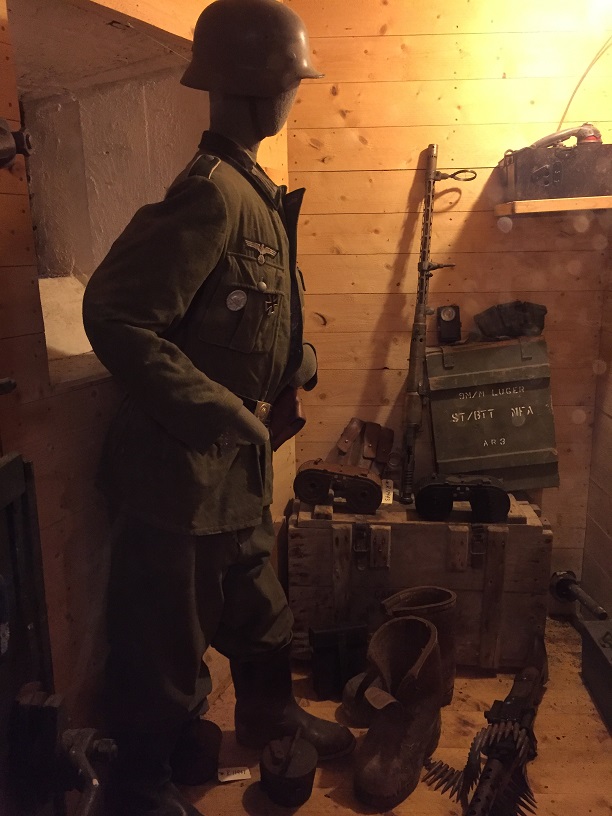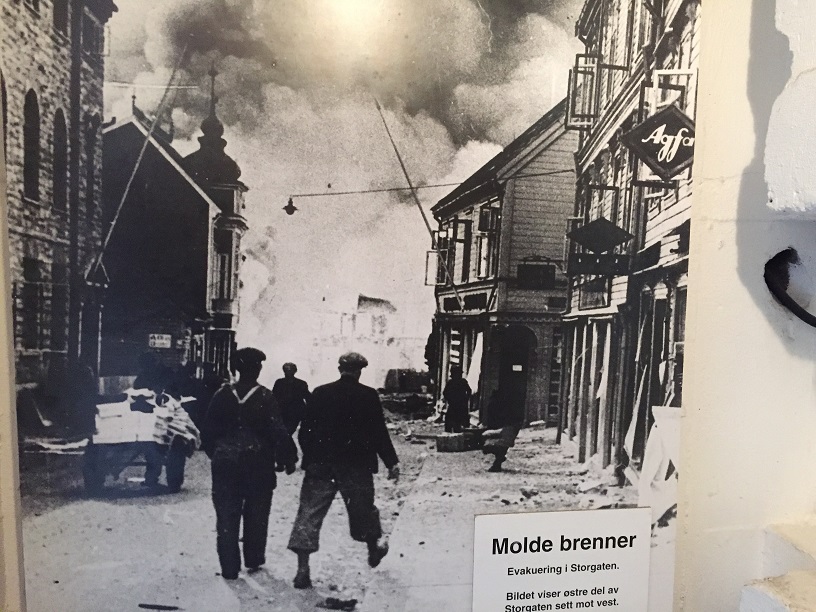German Brutality

South Pacific Familyadventure 2008
Claes Brodin
Tue 25 Jun 2019 21:58
The reason for attacking Norway was among other things to secure the icefree port of Narvik and so the vital transport of iron from Swedish ironmines in the north.
In the postwar museum at Bud you can read many tragic stories of how civilians from the little village Bud were killed by the Germans.Civilian boats where sunk by German warships,prisoners of war were executed (mainly Russian prisoners though who were brought here as labour for building the fortresses) and members of the Norwegian resistance (who played an important role in the war)if captured, were often tortured and killed.
The main city of the region,Molde,was burned down since rumours reached the Germans that king Haakon was hiding in the city (which he also was two days earlier). Overall the the German war machine was brutal which created hate. Still today Norwegians from the old generation with memories from the war have difficulties to forget. That also created the tragic postwar phenomenon "tyskebarnen" which would be "germankids". They were/are children of German soldiers and Norwegian women. As such they were very badly treated after the war with bullying and considered second class citizens. It´s not until the last decades that the problem has been brought up and dealt with.

